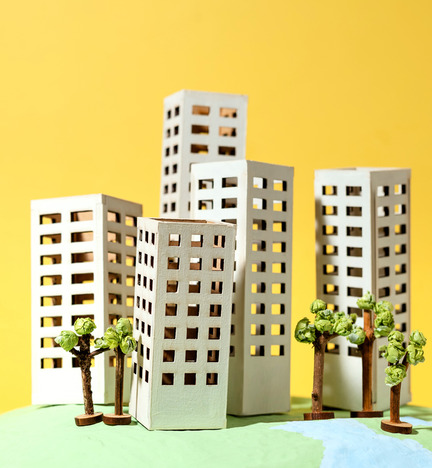Around 34-35% of India’s total population lives in urban areas while the rest is split between villages, districts, hamlets, and small towns. More recently, due to migration to big cities and the penetration of technology in regional areas, the distinction between rural life and urban life is slowly but surely blurring. Even though the differences and similarities between the two include a gamut of cultural, commercial, and socio-political angles, in this post, we’ll examine Rural vs Urban difference in lifestyle in the context of community living.
Features comparison Rural Vs Urban living
| Rural | Urban |
|---|---|
| 1Livelihood characterised by agriculture, cattle breeding, handicrafts, and cottage industries. | Livelihood is unlimited to any commercial avenues, corporate opportunities, and natural resources in the city. |
| Mobility is restricted to smaller circles. | Unlimited mobility and wider scope of sociability. |
| Development is limited to necessary facilities like hospitals, schools, and government offices. | High-intensity development in all spheres including transit modes, recreational and business establishments |
| Clean, natural surroundings. | More pollution and waste management issues compared to rural areas. |
| Introduction of new technology limited to the need in occupation and some personal use. | Widespread adoption of technology in almost all walks of life. |
What are the differences in culture, lifestyle, and community environment?
The community experience in rural and urban areas is largely self-organized (albeit within the purview of the local authorities and the national judicial system) since the formation of a Co-operative Housing Society has to be registered by law.
In rural areas, the administration of common affairs is handled through the Panchayat, responsible for providing infrastructure convenience to rural residents via street lights, roads, drainage, freshwater supply, and waste management.
Technically, a housing society can be formed in rural set-ups as we have seen many residential establishments in even remote industrial towns.
In urban areas, community living is mostly characterized by housing societies, apartment owners associations that function on cooperative principles and are subject to the state-specific Cooperative Rules set by the Registrar of Cooperative Societies.
Differences in the way of lifestyle
1. Rural community living
- Fewer cases of theft and robbery which correlates to lesser security measures.
- Less pollution and waste, natural surroundings.
- Transactions of rental/lease nature agreed upon based on faith as opposed to written contracts.
- Organic way of living, with an inclination towards naturally derived products and less reliance on quick-fix solutions.
- More harmony concerning knowledge and resource sharing among inhabitants as the bond of camaraderie is stronger and the alienation is almost non-existent.
- Housing is more affordable in rural areas and the cost of living is less compared to cities. This is due to more availability of land and less demand for real estate which keeps the cost of living low, a reason why many city dwellers have started moving to the countryside.
2. Urban community lifestyle
- Every property deal, be it commercial, industrial, or residential rental/purchase/sale is done strictly by the law and rarely based on trust. The code of conduct is defined by written bye-laws in practice.
- Lifestyle is fast-paced and dynamic with many avenues of growth and professional success.
- There is less availability of space as the population density is higher in urban areas, evident in tightly cramped living structures and subsequent explosion of high-rise buildings.
Standard of living is high in general as residents’ earning potential is higher due to multiple work opportunities and availability of superior healthcare, technology, and infrastructure services like an expansive network of public transport, entertainment, and commercial complexes, etc.
- The measure of convenience in urban landscapes is far more evolved than in rural areas as everything is nearby like pharmacies, petrol pumps, daily needs stores, cabs, rickshaws, and ATMs at every corner. The roads, pavements, streets, waste management, and sewer systems are abundant and fully operational. Water supply is delivered at home along with amenities like LPG, gas pipeline, high-speed internet connection, IoT devices, smart security systems, and on-demand services like plumbing, cleaning, and domestic help.


